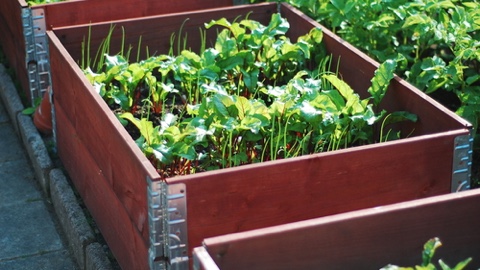
The U.S. Department of Agriculture, noting the rise of popularity of urban farming, has created a free Urban Farming toolkit. Urban farming can help alleviate urban food deserts, make food as local and fresh as possible and decrease the food miles associated with long-distance transportation. From rooftop gardens and aquaponics centers in converted warehouses, to growing crops on abandoned properties, urban agriculture provides a wide range of community benefits, including closer neighborhood ties, reduced crime, education and job training opportunities, and healthy food access for low-income residents.
“That’s why,” said Dr. Leonard Githinji, Virginia State University’s Urban Agriculture Extension specialist, “It’s no wonder we’re seeing a huge increase in the number of urban farms from Brooklyn to Boise and everywhere in between.”
Many non-profits, churches, schools, businesses, and municipalities are putting a great deal of resources into getting urban farms up and running without necessarily having the background and training to do so successfully.
The toolkit lays out the common operational elements that most urban farmers must consider as they start up or grow their operations. It also contains a special section on resources for developing indoor growing operations, such as aquaponic facilities. It covers how to plan for the initial costs of starting the project; provides resources such as links to information on safe gardening practices, federal, state, and local grants; land access information; market development; and case studies. An important resource is the Farm Service Agency which has offices in more than 2,000 counties nationwide and in almost every rural county of the United States. In order to qualify for many USDA grant and loan programs, a farmer must first visit and register the agency – and you do not have to own your farmland to qualify for FSA programs.


